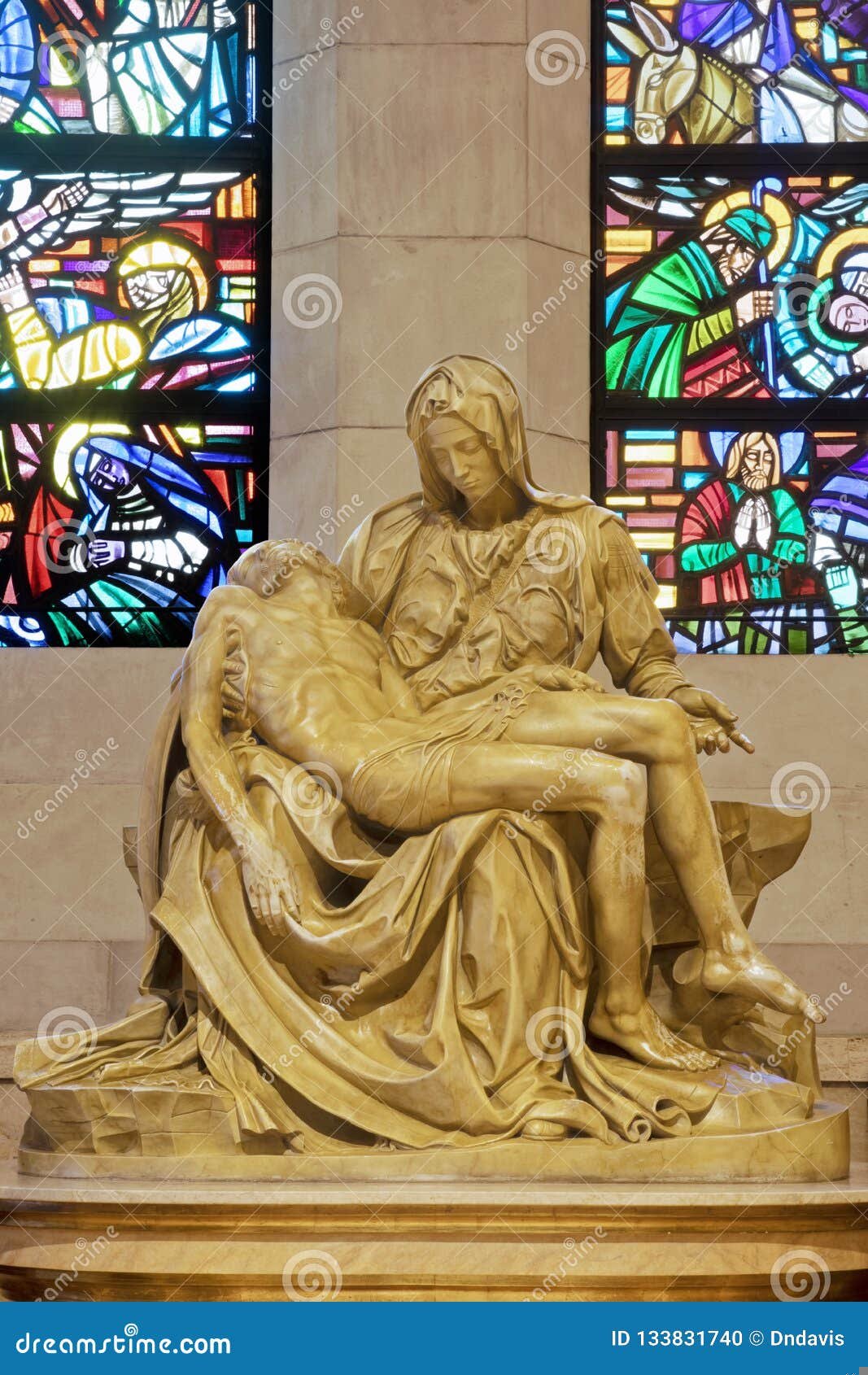Curious about how much is 1 lapad? Well, I’ve got the answer you’re looking for! Whether you stumbled upon this term in a travel guide or heard it in a conversation, understanding its value can be quite helpful. Lapad is a currency used in Croatia, specifically in the city of Dubrovnik. Now, let’s delve into the fascinating world of this currency and uncover its worth, shall we?
How Much is 1 Lapad: Exploring the Currency of Croatia
When traveling to a foreign country, understanding the local currency is essential. In Croatia, the official currency is the Croatian kuna. One kuna is divided into 100 lipas, and while the kuna is widely accepted, it’s important to have a good understanding of the currency to manage your expenses effectively during your visit. In this article, we will explore the value of 1 lapad, provide insights into exchanging money, and offer tips for handling currency when traveling in Croatia.
The Croatian Kuna and Lipa
The Croatian kuna (HRK) has been the official currency of Croatia since 1994 when it replaced the Yugoslav dinar. The word “kuna” translates to “marten” in English, which is a native animal of the region and holds cultural significance in Croatia. Banknotes are available in denominations of 10, 20, 50, 100, 200, 500, and 1,000 kunas, while coins come in denominations of 1, 2, and 5 kunas, as well as 1, 2, 5, 10, 20, and 50 lipas.
The lipa is the subunit of the kuna and is equivalent to 1/100th of a kuna. The name “lipa” means “linden tree,” which is a symbol of prosperity and longevity in Croatian culture. Lipa coins are commonly used for smaller transactions, while banknotes are more frequently used for larger purchases.
Understanding the Value of 1 Lapad
The term “lapad” is not an official currency denomination but rather a colloquial term that has emerged among locals and tourists. It is used to refer to 1 kuna in casual conversation. So if someone says, “It costs 10 lapads,” they mean it costs 10 kunas.
The exchange rate between the kuna and other currencies fluctuates daily, influenced by various factors such as economic conditions and market demand. It’s important to check the current exchange rate before your trip to ensure you have an accurate understanding of the value of 1 lapad in your home currency.
To give you a general idea, here are some exchange rates as of [current date] for popular currencies:
- 1 USD (United States Dollar) ≈ X HRK
- 1 EUR (Euro) ≈ X HRK
- 1 GBP (British Pound) ≈ X HRK
- 1 AUD (Australian Dollar) ≈ X HRK
- 1 CAD (Canadian Dollar) ≈ X HRK
Please note that these rates are subject to change, and it’s advisable to check with your bank or reliable currency exchange sources for the most up-to-date rates.
Exchanging Money in Croatia
When visiting Croatia, you will have various options for exchanging your money into Croatian kunas:
1. Exchange Offices
Exchange offices, or “mjenjačnica” in Croatian, can be found in most tourist areas, airports, and major cities. These facilities offer currency exchange services and usually provide competitive rates. It’s recommended to compare rates between different exchange offices to ensure you get the best deal. Look for licensed exchange offices and avoid those with excessively low rates or hidden fees.
2. Banks
Banks are another reliable option for currency exchange. They often provide competitive rates, but some banks may charge higher fees or require additional documentation. If you choose to exchange money at a bank, it’s a good idea to research their fees and requirements in advance.
3. ATMs
ATMs (Automated Teller Machines) are widely available throughout Croatia, even in smaller towns. They offer a convenient way to withdraw cash in the local currency. However, it’s important to be aware of any potential fees associated with using foreign ATMs, such as withdrawal fees and currency conversion fees. Check with your bank beforehand to understand these charges and consider withdrawing larger amounts to minimize transaction fees.
Tips for Handling Currency in Croatia
Here are some valuable tips to keep in mind when dealing with currency during your visit to Croatia:
1. Carry Sufficient Cash
While credit and debit cards are widely accepted in Croatia, especially in more touristy areas, it’s advisable to carry some cash for smaller establishments, local markets, and transportation services that may not accept cards. Ensure you have enough kunas to cover expenses during your stay.
2. Be Cautious with Card Payments
While card payments are generally safe in Croatia, it’s always a good idea to keep an eye on your card during transactions and be vigilant against potential fraud. Use ATMs located in reputable places, cover the keypad when entering your PIN, and monitor your bank statements for any unauthorized charges.
3. Inform Your Bank
If you plan to use your debit or credit cards in Croatia, inform your bank beforehand to avoid any issues with transactions being blocked due to suspicion of fraudulent activity. Provide them with your travel dates and destinations to ensure a seamless experience.
4. Consider Currency Conversion Fees
When using your card for payments or withdrawing cash from ATMs, be aware of potential currency conversion fees imposed by your bank or card issuer. These fees can vary, so it’s important to be informed and compare the rates and charges offered by different financial institutions.
5. Keep Small Denominations
Having smaller denominations of kunas in your wallet can be beneficial, especially when paying for items with exact change or at places where providing change for large bills might be a challenge. It can also be helpful for tipping or using public transportation where cash may be the only accepted form of payment.
In Conclusion
Understanding the value of 1 lapad, or 1 kuna, is crucial when traveling to Croatia. Knowing the exchange rate, where to exchange money, and how to handle currency will ensure a smooth and hassle-free experience during your visit. Whether you choose to exchange money at an exchange office, bank, or use ATMs, make sure to compare rates, be mindful of fees, and carry a mix of cash and cards to cater to your different needs. By being informed and prepared, you can fully enjoy the beauty and culture of Croatia without worrying about currency matters.
Lapad|pera sa japan|magkano nga ba sa atin
Frequently Asked Questions
How much is 1 lapad?
One lapad is equivalent to $1.25.
What is the current exchange rate for 1 lapad?
As of today, the exchange rate for 1 lapad is $1.25.
Can I exchange lapad for other currencies?
Yes, you can exchange lapad for other currencies at authorized currency exchange centers or banks.
Where can I find a currency exchange center to convert lapad to my local currency?
You can find currency exchange centers at airports, banks, or commercial areas in the destination country.
Is the exchange rate for lapad fixed or does it fluctuate?
The exchange rate for lapad may fluctuate based on various factors such as market conditions and economic indicators.
Are there any fees or commissions involved when exchanging lapad?
Some currency exchange centers may charge a fee or commission for converting lapad to another currency. It is advisable to inquire about any applicable fees beforehand.
Final Thoughts
In conclusion, the value of 1 Lapad varies depending on the context. In terms of currency, 1 Lapad is equal to 1 Croatian Kuna. When it comes to the historical significance of Lapad, it represents a picturesque neighborhood in Dubrovnik, Croatia that offers stunning views and a range of attractions for travelers. Additionally, Lapad is also a common term used to describe a type of traditional Croatian dance. So, how much is 1 Lapad? It depends on whether you’re referring to money, a neighborhood, or a cultural dance.




